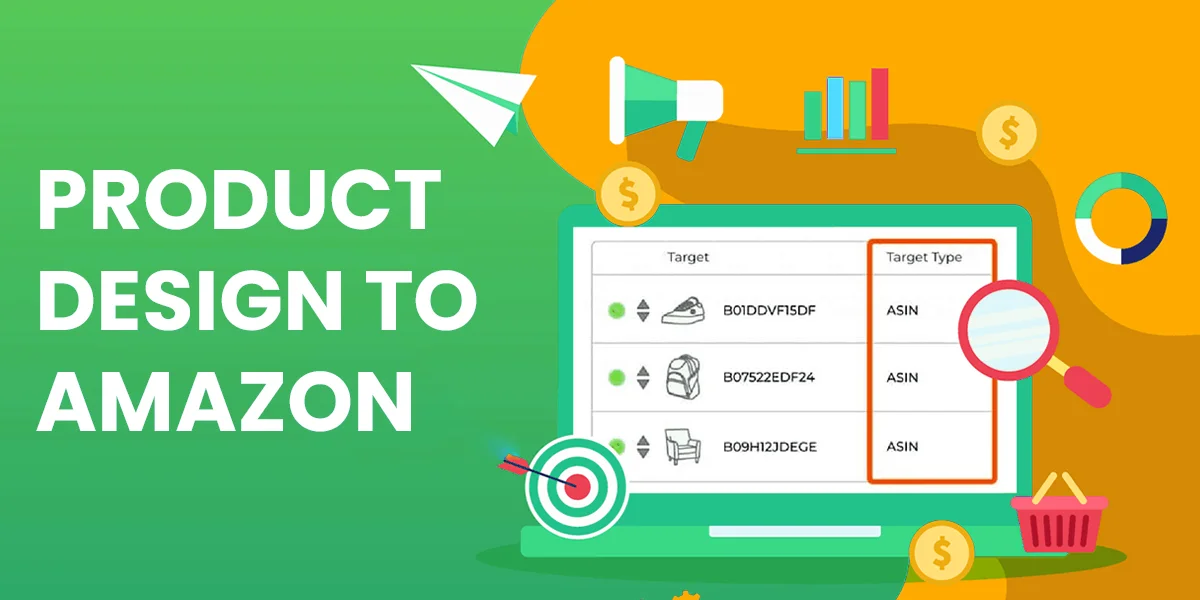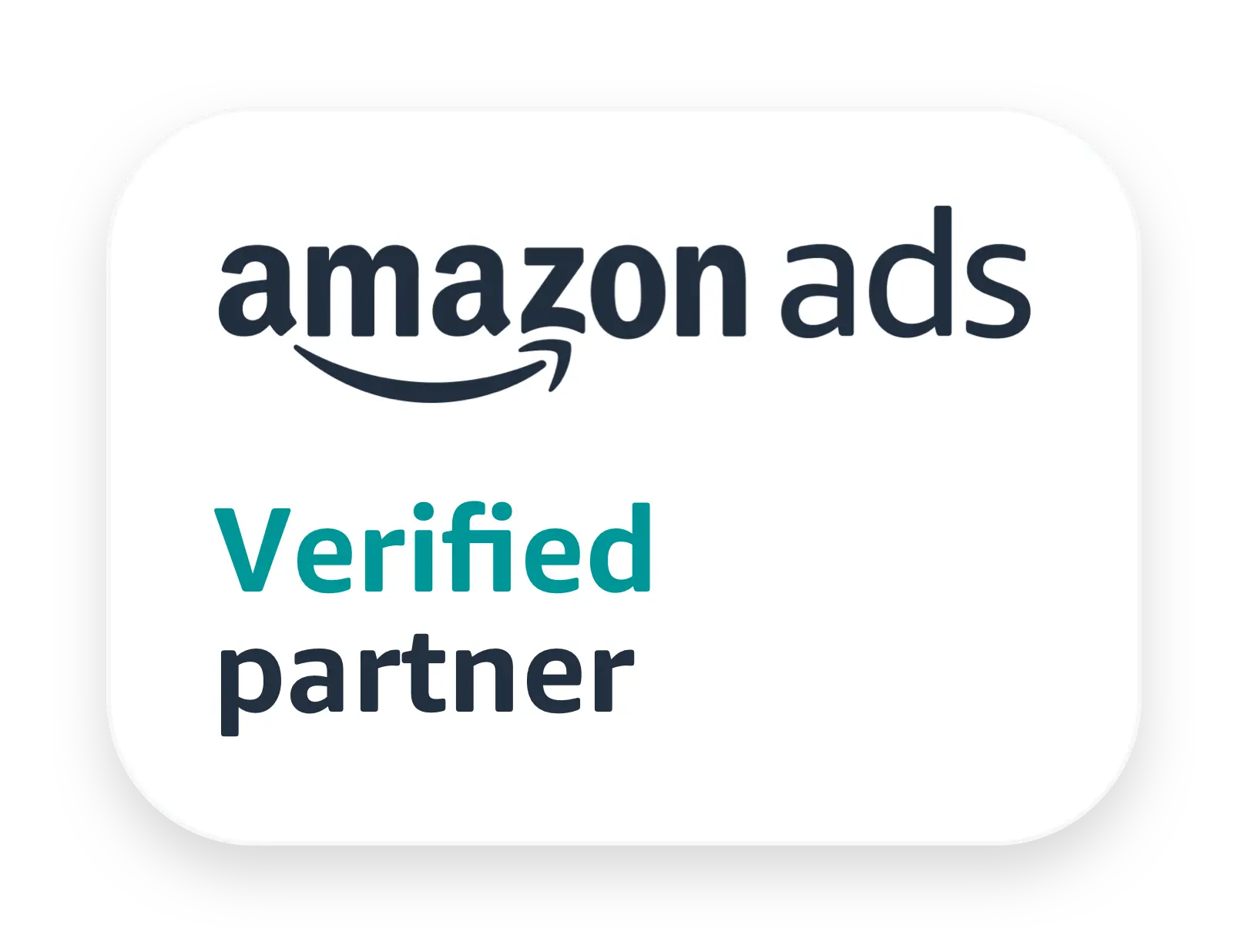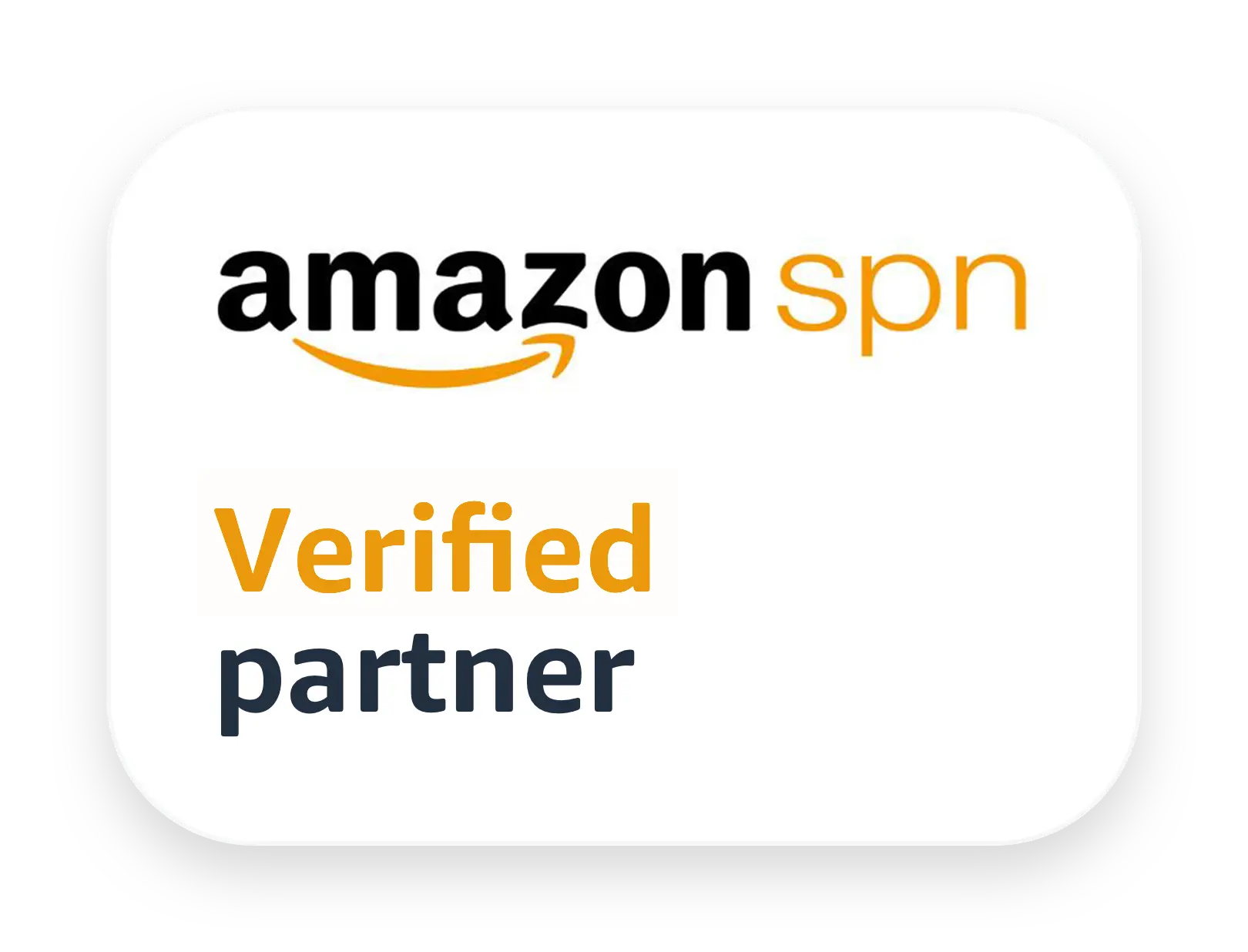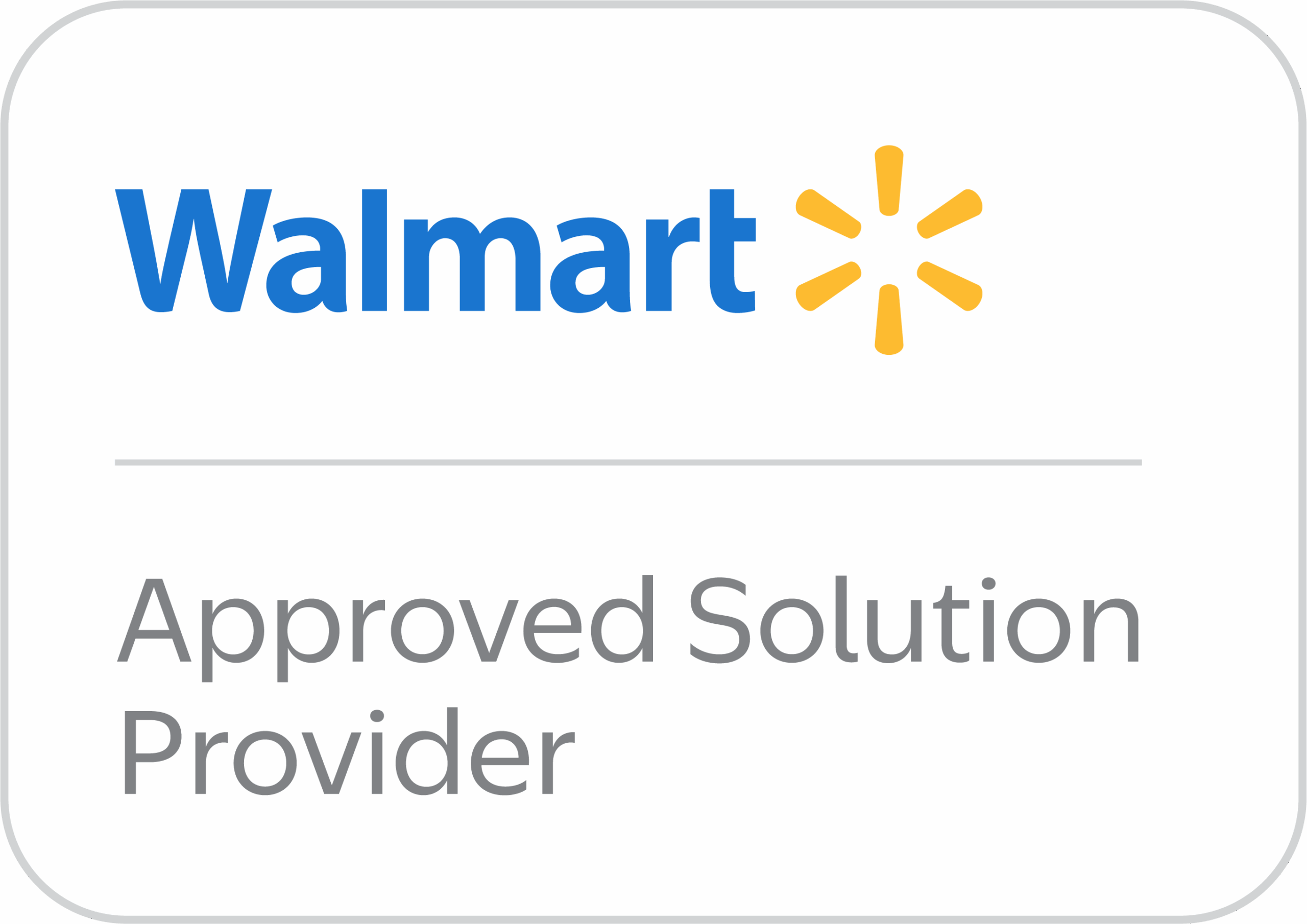As a player in the eCommerce game, two terms are often applicable to the products commonly sold on Amazon. These terms are private and white labels. Even though they are both determinants of the items on sale, there are still many differences between them. In this article, you will get to know and understand the distinctive features that make a private label product, and you will get to know the processes involved in setting up a private label product for sale on Amazon.
What Is A Private Label Product?
Imagine that you choose to sell products of a very famous brand, say Adidas, for example. But instead of selling the product as an Adidas product, you want to brand and market it as your own product. In the world of online sales, this is generally known as a private label product. Thus, private labeling is a selling system in which the goods are delivered to you directly from the producer or producers. The items delivered are then marketed under their own brand and have to be sold as exclusive items.
The private label method is quite popular worldwide, especially as regards popular brands. On Amazon, up to 98% of shoppers buy at least one private label product. Take Nike, for example. They have a system in place to protect their quality and brand, which means only accredited partners are allowed to deliver the goods. What Nike then does is to conduct quality control and begin the process of trading. A lot of food, clothing, and makeup companies also use the same or similar models. As you continue to make sales of these private-label items, your income flow will increase significantly.
It is essential to point out here that the private labeling model is mostly used for physical goods like clothing, cosmetic products, home items, etc., and is identified as a private label product. As it would be, many people don’t even know the origins of some of these products, even though they are some of the most consumed goods in the world at any point in time. They are generally regarded as a little cheaper to market, especially when you sell them as national brands. If traded correctly, you can definitely make a lot of money selling private label products.
Features of A Private Label Product
Some of the features of the private label methods are also applicable to the white label method, which is the other model used by online sellers. These features are:
- Marketing Control:
As a seller, you are in charge of all marketing and advertising campaigns once you receive custody of the products. The company has no control or influence over how you choose to market your brand or what strategies you employ. What this means is you need to up your game as a private label seller. Keep increasing your knowledge on branding and marketing if you want to make sufficient sales.
- Naming Rights:
As a private label seller, you also get the rights to rename your products if you so wish. The agreement between you and the producers allows you to choose whatever name you find suitable for your product and market accordingly.
- No Trademarks from Producer:
The goods you’ll receive won’t have any of the producers’ trademarks on them. So, this gives you ample freedom to brand and market in the way you find most convenient.
Now that we’ve examined the features that aren’t unique to private label products alone, we’ll not turn our attention to features of private label selling that are only applicable to private label.
- Customization
Directly opposite of what’s achievable with white label products, producers allow for sellers to make as many changes as they want to private label products. As a retailer, this means you can customize the goods if you so wish. With this model, it is equally possible to sell items that may appear different to your buyers, even if the producer already had a similar variation being sold by a different retailer. It’s almost impossible with white label products to do this since the items would have been produced even before you reach a deal with the manufacturer. In that case, the only thing you may perhaps be able to modify is the packaging.
- Product Exclusivity
One of the best features unique to the private labeling model is that retailers can send their own specifications of the needed products to the manufacturer. In this case, the manufacturer will not be able to offer the same product to other retailers. Think about it this way, if your product becomes highly sought after in the market, you would be the sole distributor of your product. That’s huge. In contrast, white-label products can be made available to other retailers and not just to you.
- Cost and ROI
A white label product seller would definitely have to invest a significant amount into advertising and marketing. This is because they have to compete with many retailers trying to sell the same product to the same market. Such a model increases the cost of running a business, meaning you target a higher return on investment to make up for the huge amount spent.
It’s hardly the same for a private label seller. Exclusivity of your product means you won’t have to compete directly with any other retailers also offering the same product. Like earlier stated, if you manage to get your product to become highly sought after in your niche, that’s sure income flow for you. The areas you’re expected to invest your money in, in this case, are stuff like product development, product research, private trademark, and of course, marketing. ROI is also expected to be on the high side, but it’s not too difficult to make the necessary sales to cover costs as the sole owner of your product.
- The Products
While white-label products can be services, software, and generally of the non-product category, which can be packaged and sold to retailers, private label products are mostly physical like clothing, cosmetic products, home items, etc.
Step-By-Step Guide to Set Up Your Amazon Listing for Your Private Label Products
Now that you fully understand the concept of selling private label products, as well as the similarities, differences, and advantages it holds, it’s time to outline the steps involved in the process of setting up and listing your private label products on Amazon.
1. Brainstorm Product Ideas
Basically, ideas can spring up from anywhere. But those who have been in the business of generating business ideas will tell you for free that there are certain hacks you can use to get killer ideas for your private label products. Here a few of them:
- When doing your shopping or merely walking through a store, lookout for new, trending products making the waves. That could be your ticket to a new source of income.
- Look into Amazon itself. Dig into the various categories and departments. Look out for the new bestselling products as well as what other sellers are listing on their storefronts.
- The web is a great place to scavenge for cool product ideas, too —especially social media. There are always one or two products trending each time you look.
2. Consider Product Attributes
The next step is to ask yourself what sort of private label product you want to sell. Your decision should be formed by the specifications of the products you choose. These are the recommended qualities:
- They should be quite small and relatively lightweight. The product you choose should help you save costs on shipping. 8 11/16″, 5 7/16″, and 1 ¾” are the preferable specs. They also should not weigh more than a pound.
- Your product should be non-seasonal, i.e., not dependent on the season. Avoid stuff like Christmas lights, winter clothing, Valentine’s Day gifts, etc.
- They shouldn’t be regulated. The bureaucracy involved in regulated products can stand in the way of sales. Stick to things that are easy to distribute and don’t have plenty of paperwork.
- An ideal product should be uncomplicated. Take electronics, for example. It is really fun to market and sell, but it can also be quite problematic with returns and customer issues. Choose simple products.
3. Conduct Market Research
Found several products you think would make sense as private selling products? The next step is to embark on a short journey of market research to help determine which is worth selling and which is not.
Back in the days, this used to be a quite tasking ask for prospective private label sellers. You had done this with spreadsheets, spending a lot of time going through product listings. Today, however, things are much different. With the aid of innovations such as Jungle Scout, you can perform market research in no time at all. Jungle Scout’s Chrome extension is a paid tool that can bring up everything you need to know about a product listed on Amazon. Here’s how to use it:
- Purchase and download Jungle Scout’s Chrome extension.
- Carry out a search on Amazon. Your product idea should be the search term.
- When the search result comes up, click on the Jungle Scout’s extension button to the right of your browser’s address bar.
- Verify product data.
Products that sell 250-400 items on an average per month are highly recommended. Also, reviews per month should not be more than 100 on average. This reduces competition.
4. Identify and Investigate Product Suppliers and Manufacturers
You have the ideal product idea. You have the sales data. What’s next? The next step in the process is to research which suppliers and manufacturers can make the products you want. You can get in touch with ZonHack to get verified manufacturers and suppliers of the products you are interested in.
Some of the information you should seek:
- What is your price per unit when I order a certain amount?
- Can a sample be shipped to my location, and at what cost?
- What payment methods are allowed?
- Can I customize this product, and how?
You may reach out to as many as 3-5 manufacturers for one product. Order a sample from each of them.
5. Decide on A Logo, Design, and Packaging
By now, you already know that being a private label, you can put a logo of your choice on the packaging, as well as on the product itself.
If you not familiar with graphic design, you can hire a professional on freelancing sites like Fiverr. You’ll give them your specifications, and they’ll create simple, eye-catching designs for you. Try to be unique, avoid designs that are already available in your niche.
Also, customization isn’t as complex as it seems. It could even be as simple as merely swapping colors on a product or extending the handle etc.
When deciding on the packaging, you need to be thoughtful. It helps to enrich the customer experience.
6. Choose Your Fulfilment Strategy
Knowing what to sell is one thing; knowing how to get them across to your customer is another kettle of fish entirely. There are many ways to do that, though.
Most sellers rely on the internal fulfillment platform put in place by Amazon itself, Fulfillment By Amazon (FBA). Since its introduction in 2008, FBA has been a game-changer in the scene. You will have access to Amazon’s over 2.5 billion customers, but it doesn’t end there. They also handle the products for you. You send the inventory; they help store, pack and ship your goods when necessary. They even handle customer care.
If you want another method, you can do the fulfillment yourself, from your basement or garage like many other sellers.
7. Decide on Your Manufacturer
Dear private label product seller, it’s now time to decide on which manufacturer you want. And you need to get this part right.
You can make your decision by considering several factors like how soon your samples were shipped to you, the condition they arrived in, and how much communication was available when tracking order status.
Some sellers might simply want to choose the manufacturer with the lowest costs, but that’s not how it works. Quality of product, communication, and state of supplies are much more critical.
You can use a lower price quote to try and beat down costs during the negotiations. Once the choice is made, then arrange to pay via the manufacturer’s preferred method.
8. Create Your Amazon Listing
Between the six to seven weeks it typically takes for the manufacturer to create and ship a product is the best time to create your product listing.
But first, make sure all plans have been concluded for launch. Also, take great product photos. If you don’t have camera handling skills, I suggest you hire a professional.
Then, the title. This will always be one of the more essential elements when listing an Amazon private label product. Since this is how Amazon decides where to place your product on their database, you must get the keywords right. Add your product’s most appealing features and benefits in a bullet-style description.
9. Optimize Listing to Increase Sales
Amazon has an internal advertising platform called Amazon PPC. It’s one of the best ways to market your product into your customer’s path. You can bid on keywords to show up on ads within and outside (retargeting) Amazon or even on your competitor’s page.
10. Launch!
Now that you have everything in place let’s see you bring in those sales. Good luck!




